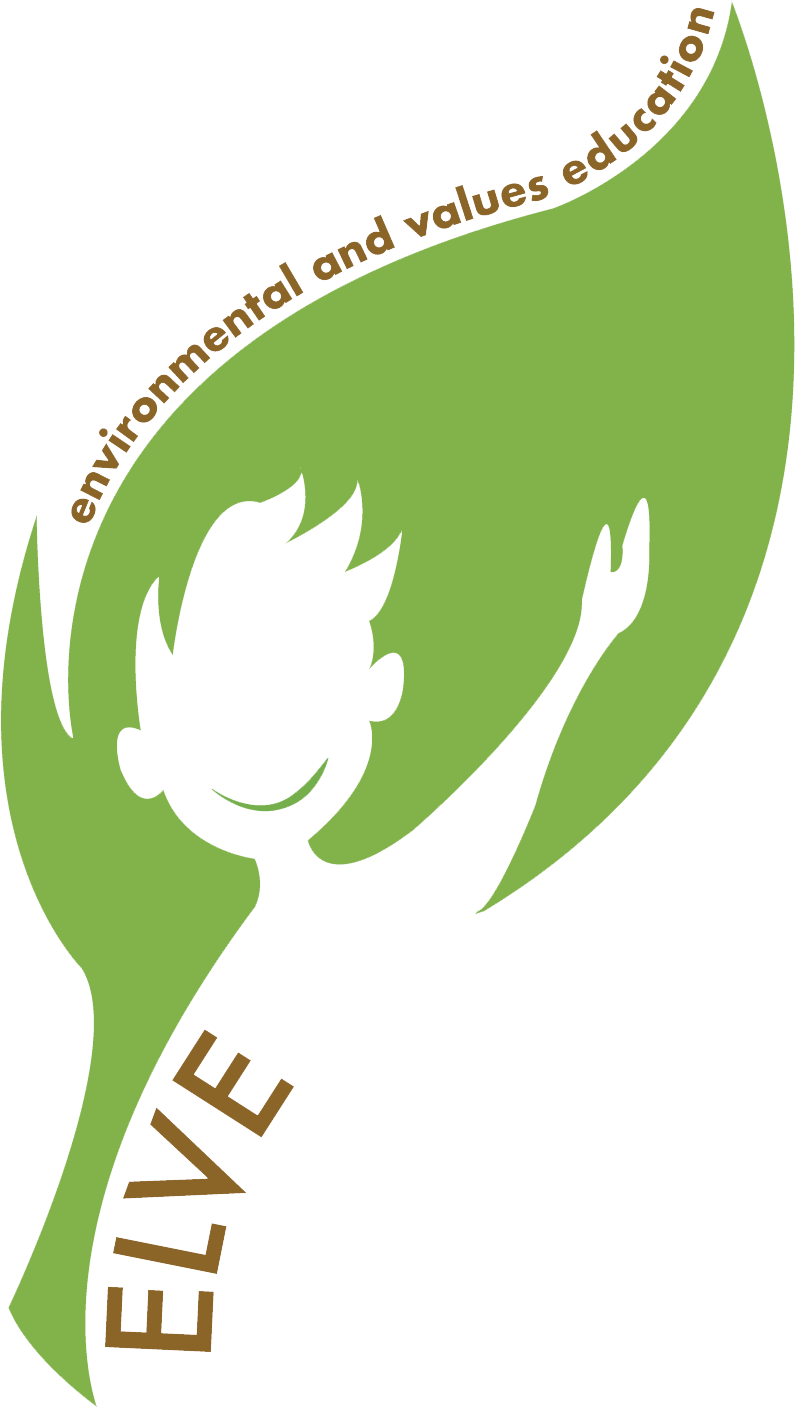Generous nature
Age6-9
ValueDemocratic
LocationIndoor
Recommended group size5-10
Recommended time / Minutes30-60
| Topic | Generosity |
| Overview | Generosity is the action of giving to others without expecting anything in return. Children quite often understand the concept of generosity through everyday situations such as giving gifts and sharing toys. But, generosity can be more abstract as well like sharing a smile, giving your time to someone, but it can also be related to nature and not just person to person. |
| Learning objectives | Understand and define the concept of generosity. Assess environmental needs in their community and create an eco-action. |
| Skills developed | Critical thinking, organizational skills |
| Method | Dialogue |
| Materials | Picture book “The Giving Tree”, blackboard, materials need for eco-action (depending on action) |
| Guidelines | ❖ Make sure the children are comfortable and relaxed while sitting in the circle.❖ If you don’t know the children you are working with, start the workshop by presenting yourself and getting to know them.Announce to the children that today you will read a very famous story (ask if somebody already knows the story):The giving tree by Shel Silverstein.If the children are just starting school, read them the story and show them pictures from it.If the children can read, ask them to share reading (each child can read one paragraph of the story).After reading a story, start a discussion with a help of following questions:❖ Did you like the story? Why yes/no?❖ If the tree from the story was a person, how would you describe them with one word? (One personality or emotion trait, for example: naïve, generous, kind, caring, happy, sad, concerned…)❖ Do you know what generosity means? (If the children don’t know the term generosity – explain it to them in simple terms).❖ Do you think that the tree was generous?❖ Does generosity mean giving everything you have?❖ If someone is being generous does that mean you can always ask for more from that person?❖ Did the boy from the story give back anything to a tree?❖ What does nature mean to you?❖ Are we part of nature? How?❖ Is nature in general generous to us?❖ What do we take from nature?You can create a mental map of all the children’s answers on the blackboard. Motivate the children to think about what besides food (materials for building, clothing like wool and feathers, gas, coal...) we use from nature and how.❖ What do we give back to nature and how?❖ Should we be generous to nature? Why?❖ How can we be generous to nature?Give children a task to organize an eco-action. Start with an idea – what they want to do. For example: build bird houses or bird feeders; plant a school or classroom garden; plant a tree garden in the school yard; build houses for street cats during winter (from cardboard or car tires); clean local parks or beaches…Once they agree on their eco-action, they need to make a list of all materials they will need.Set tasks among children (who is doing what) and set a date for their action.You can also name your action as a specific project. |
| TipsAdditional materialsHow to apply online?What to do at home? | If you are working online you can use the animated version of the story:The Giving Tree - Animated Children's Book - YouTubeFurthermore, the eco-action can be organized as an individual action. Each child builds a bird feeder and presents it online to the group during the next session.If you are doing an eco-action as a group, you can also include parents and other members of the community. That would mean that you will also need to organize promotional materials and invitations for the general community.Depending on the children’s age, guide them step by step in organizing eco-action, but give them specific tasks they can do on their own.For example: one group does research on materials needed and makes a list; another group makes invitations and posters for eco-action, etc. |
| Author | Marija Kragić, Ivana Kragić |
| Download | Download |
